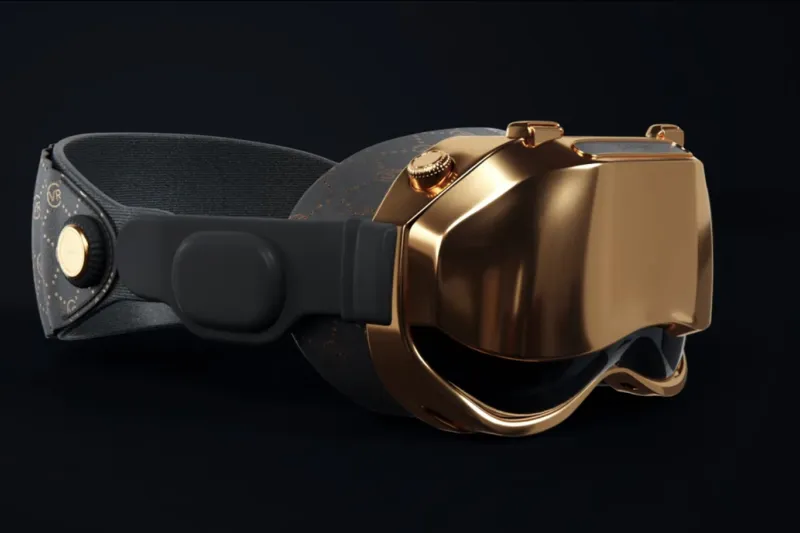The Meta Quest 3 has emerged as a major leap in virtual reality technology. It offers improvements that exceed incremental updates. This latest offering from Meta has captured the attention of tech enthusiasts and VR aficionados alike, setting a new standard for consumer VR experiences.
Meta Quest 3 Design and Comfort:
The Quest 3 boasts a sleeker profile and upgraded facial interface materials, enhancing user comfort during extended wear. Despite a slight increase in weight to 515 grams, the optimized weight distribution results in a more balanced feel. This focus on ergonomics allows users to enjoy longer VR sessions without discomfort.
Visual Enhancements:
One of the Quest 3’s standout features is its improved visual quality. Higher resolution displays and enhanced color reproduction provide a more immersive experience. The innovative pancake lens design has garnered praise for delivering sharper, clearer images across the entire field of view, eliminating the need for users to find a specific “sweet spot” for optimal clarity.
Full-Color Pass-Through:
The device’s full-color pass-through capability has been hailed as a game-changer. This feature allows users to view their physical surroundings in vivid color without removing the headset, enabling tasks like reading notifications or checking smartwatches while wearing the device.
Evolving Software Ecosystem:
Meta’s commitment to improving the Quest 3’s software experience is evident through frequent updates. Recent enhancements include upgrades to pass-through video quality, improved virtual window management, and advancements in hand-tracking capabilities. These ongoing refinements suggest a continuously evolving user experience.
Content and Applications:
The Quest 3’s content library has been praised for its diversity and quality. From immersive puzzle games to educational experiences, the device offers a wide range of entertainment options. Fitness enthusiasts have found value in apps that gamify workout routines in engaging virtual environments.
Expanding Partnerships:
Meta’s strategy extends beyond its own ecosystem, with plans to open up its operating system to hardware partners like Lenovo, Microsoft, and Asus. The integration of the Quest Store with platforms such as Steam and Xbox Game Pass further expands the available content library.
Challenges and Limitations:
While the Quest 3 has received overwhelmingly positive reviews, it’s not without drawbacks. Some users have reported occasional glitches, such as shifting virtual windows, which can be disorienting. Motion sickness remains a concern for some users, particularly in experiences where there’s a disconnect between visual movement and physical stillness.
Conclusion:
The Meta Quest 3 represents a significant milestone in consumer virtual reality technology. Its improved hardware, enhanced visuals, innovative features, and expanding software ecosystem position it as a leading device in the current VR market. While not perfect, it sets a new benchmark for high-quality VR headsets and offers a compelling gateway into the world of immersive digital experiences. As the technology continues to evolve and minor issues are addressed through updates, the Quest 3 stands as a testament to the exciting future of virtual reality and how we might interact with digital content in the years to come.





















